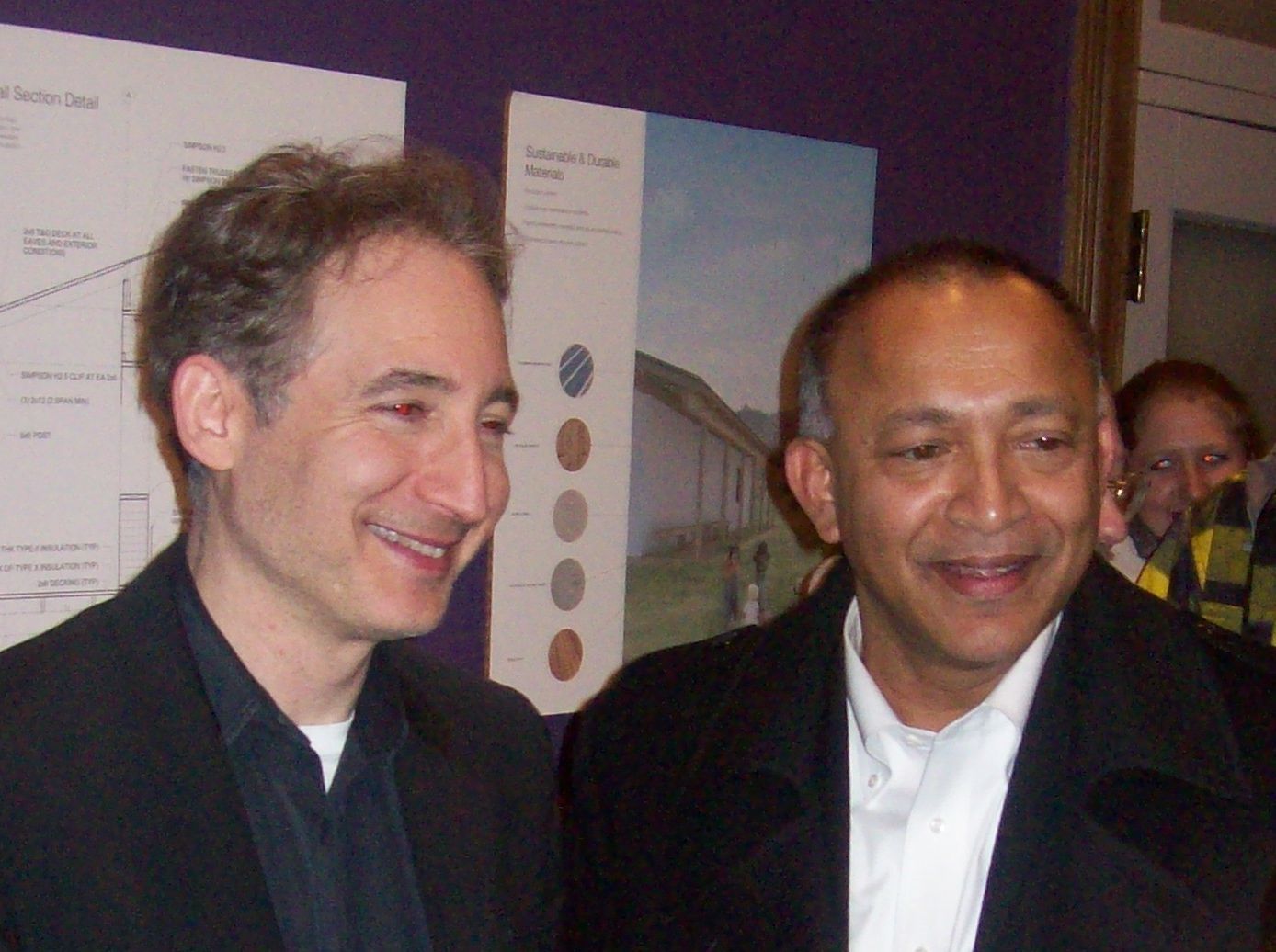Aug 12, 2013
Micro Black Holes in the Taillights — Another Glance Back
Posted by Tom Kerwick in categories: existential risks, particle physics, physics
Recent discussions on the properties of micro-black-holes threw open sufficient question to reignite some interest in the subject (pardon to those exhausted of reading on the subject here at the Lifeboat Foundation). A claim made by physicists at the University of Innsbruck in Austria, that a new attractive force arises from black-body radiation [1] makes one speculate if a similar effect could result from hawking radiation theorized to be emitted from micro-black-holes. An unlikely scenario due to the very different nature supposed on hawking radiation and black-body radiation, but a curious thought none-the-less. If a light component of hawking radiation could replicate this net attractive force, accepted accretion and radiation rates could be revised to consider such new additional forces hypothesized.
Not so fast — Even if such a new force did take effect in these scenarios, one would expect such to have negligible impact on safety assurances. Official estimated accretion rates are many many orders of magnitude lower than estimated radiation rates — and are estimates which concur with observational evidence in the longevity of white-dwarf stars.
That is not to conclude such new forces are necessary to continue debate. Certain old disputed parameter ranges suggest different accretion rates relative to radiative rates which could bridge that vast breadth between such estimates, theorizing catastrophic outcomes [3] are not necessarily refuted by safety assurances — least on white-dwarf longevity.
Indeed a more pertinent point, that if equilibrium could manifest between radiation and accretion rates, micro-black-holes trapped in Earth’s gravitation could become persistent heat engines with considerable flux [2] to cause environmental concern in planetary heating.
Continue reading “Micro Black Holes in the Taillights — Another Glance Back” »








